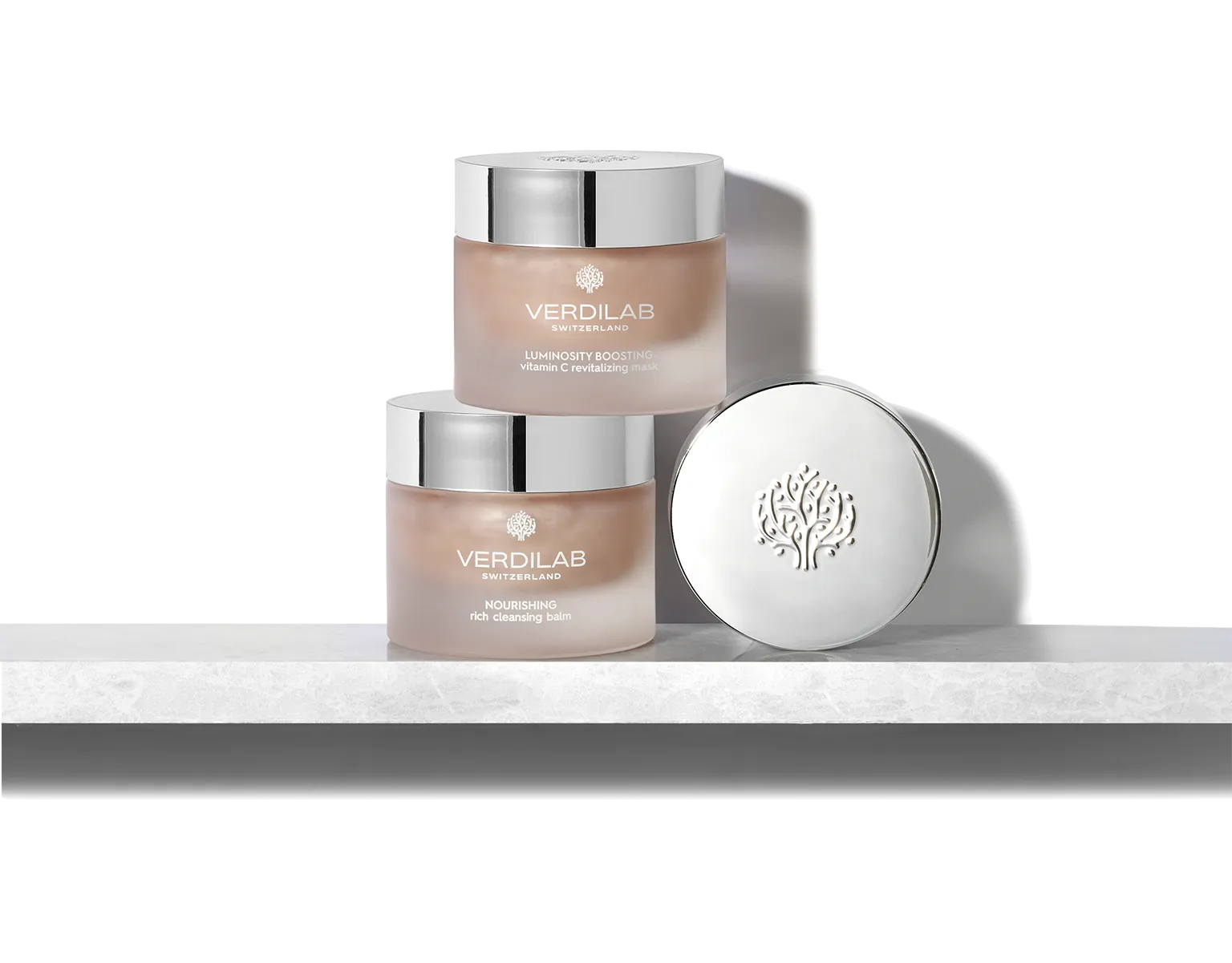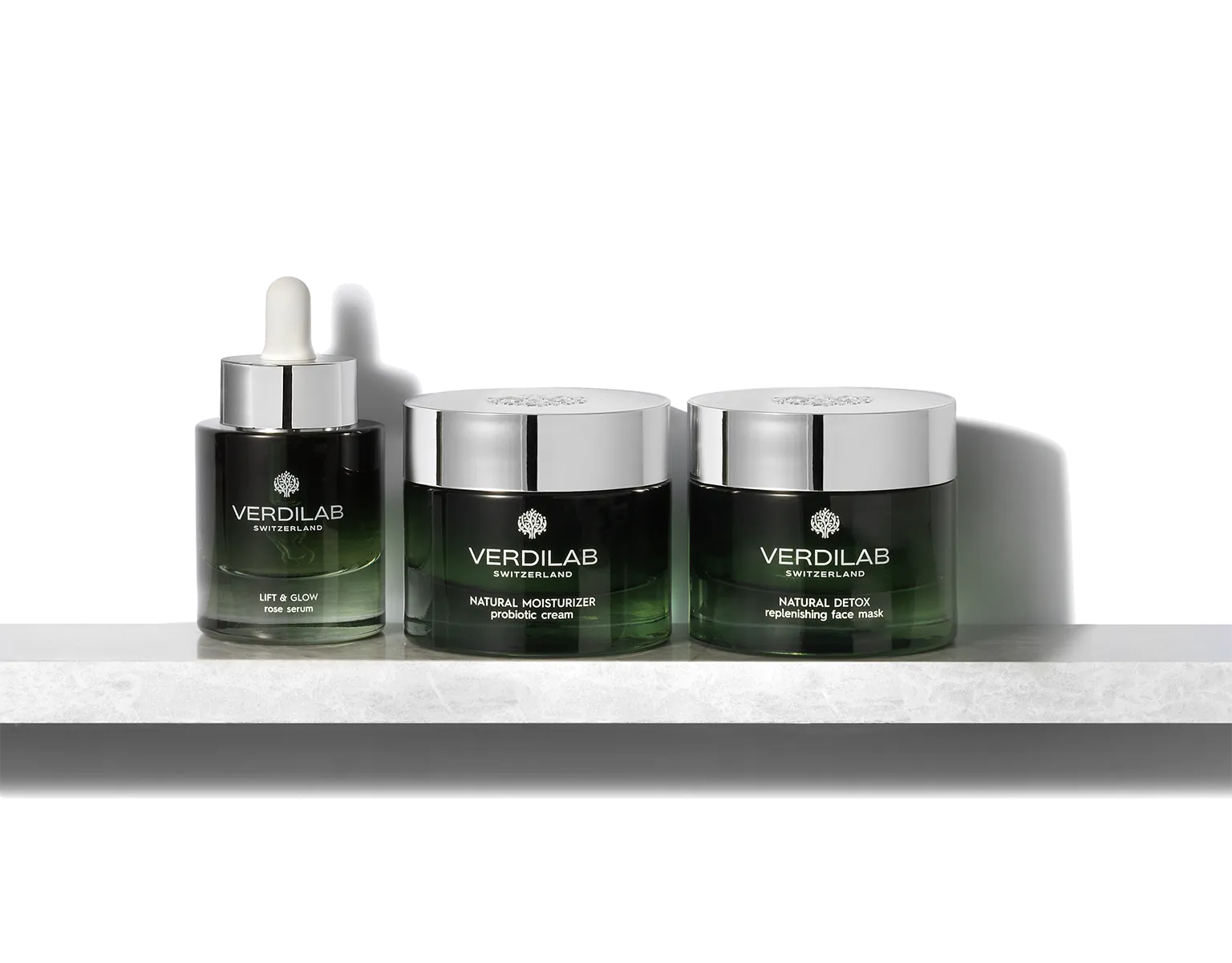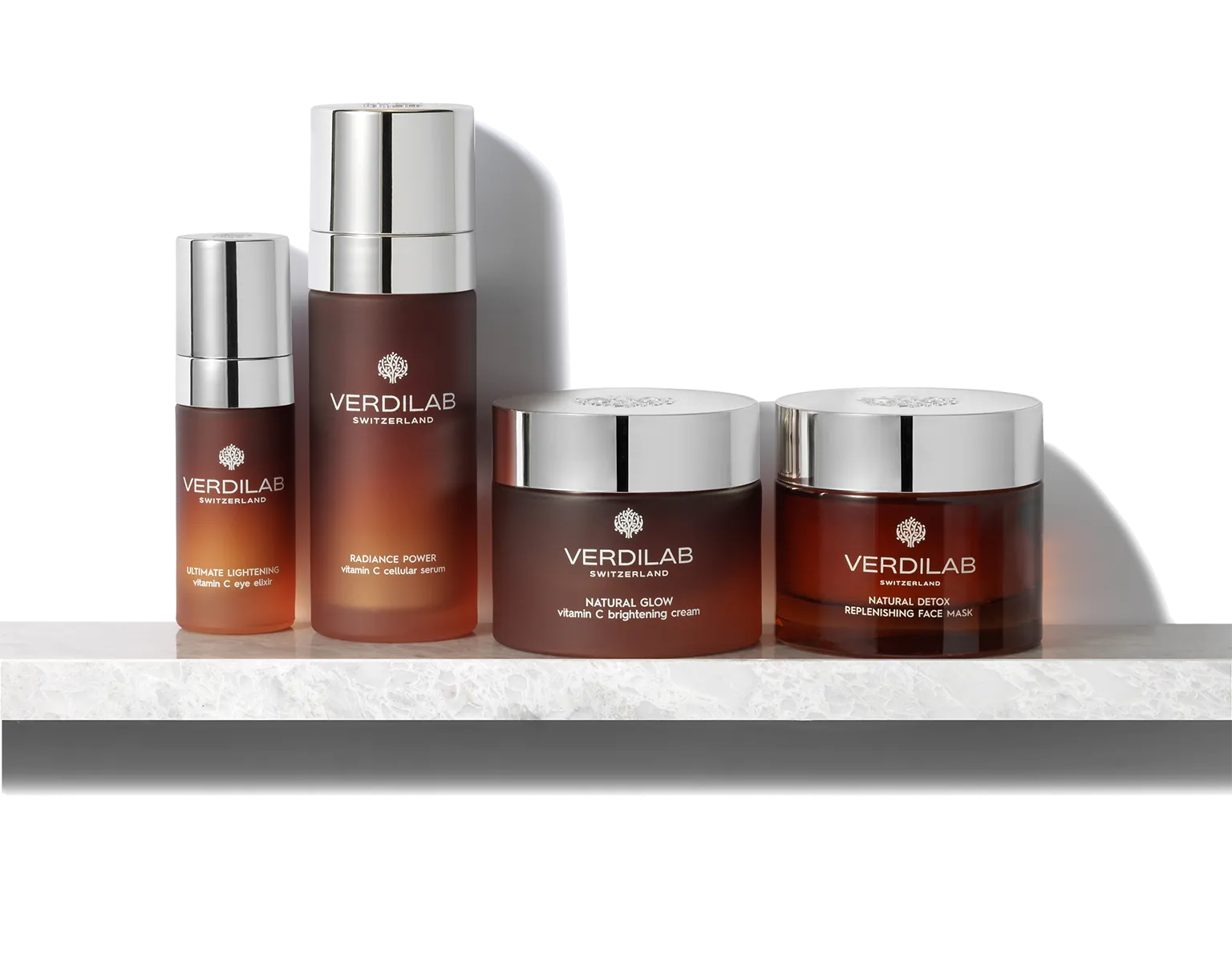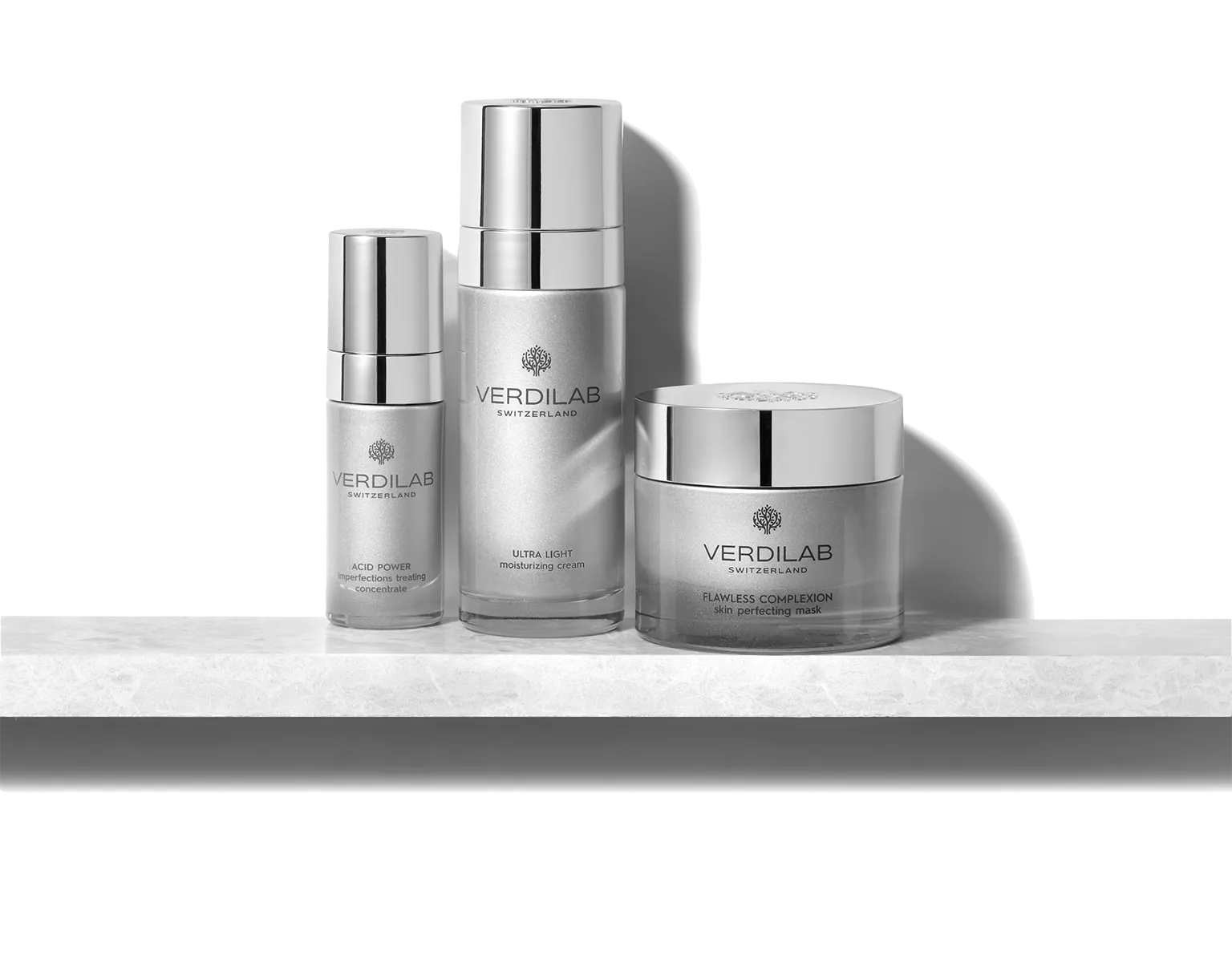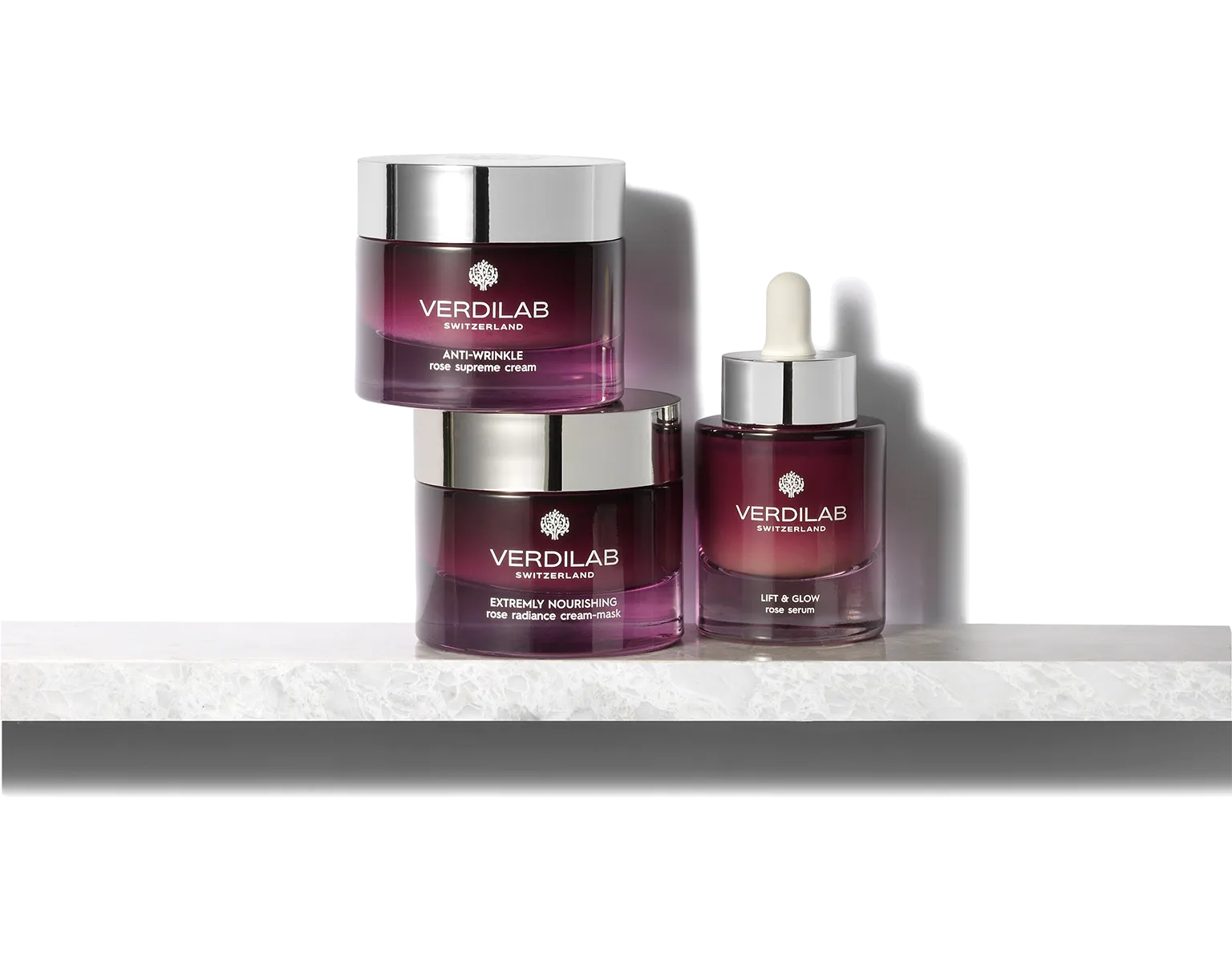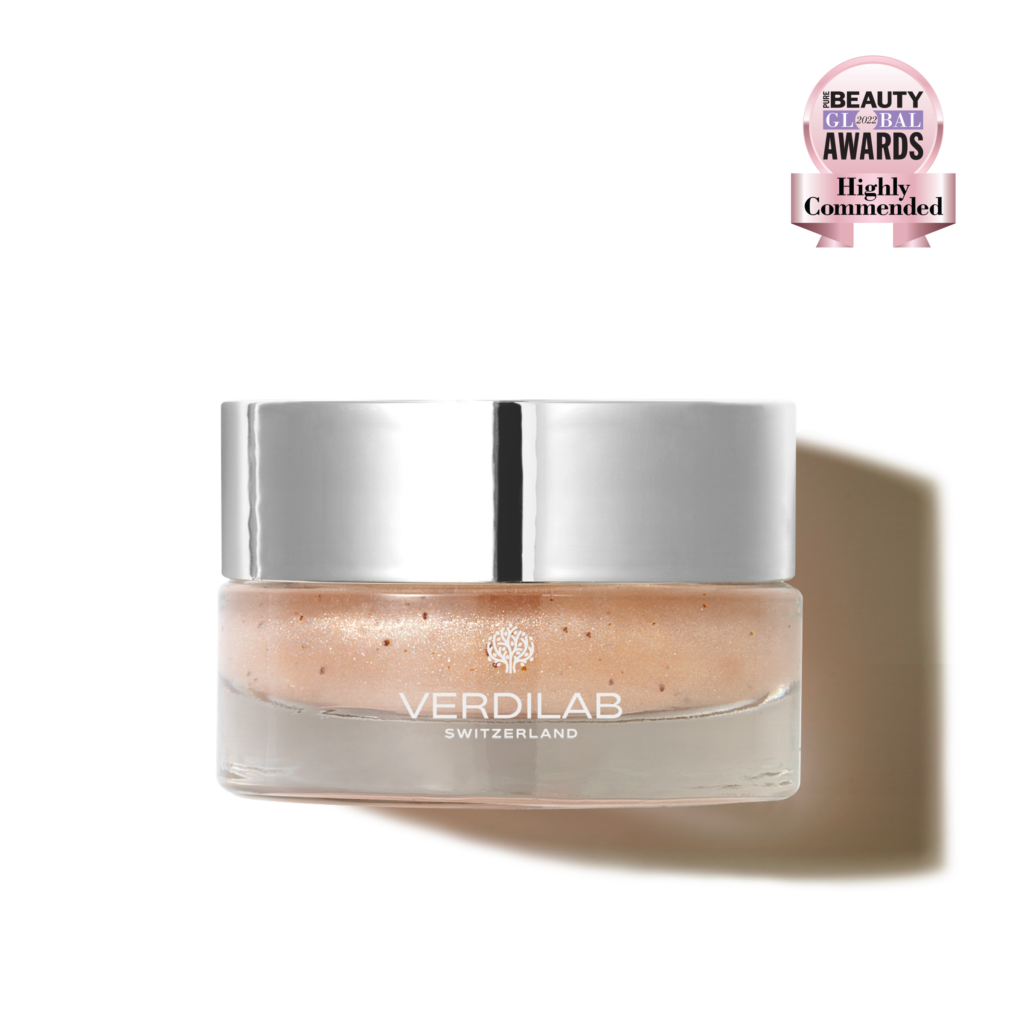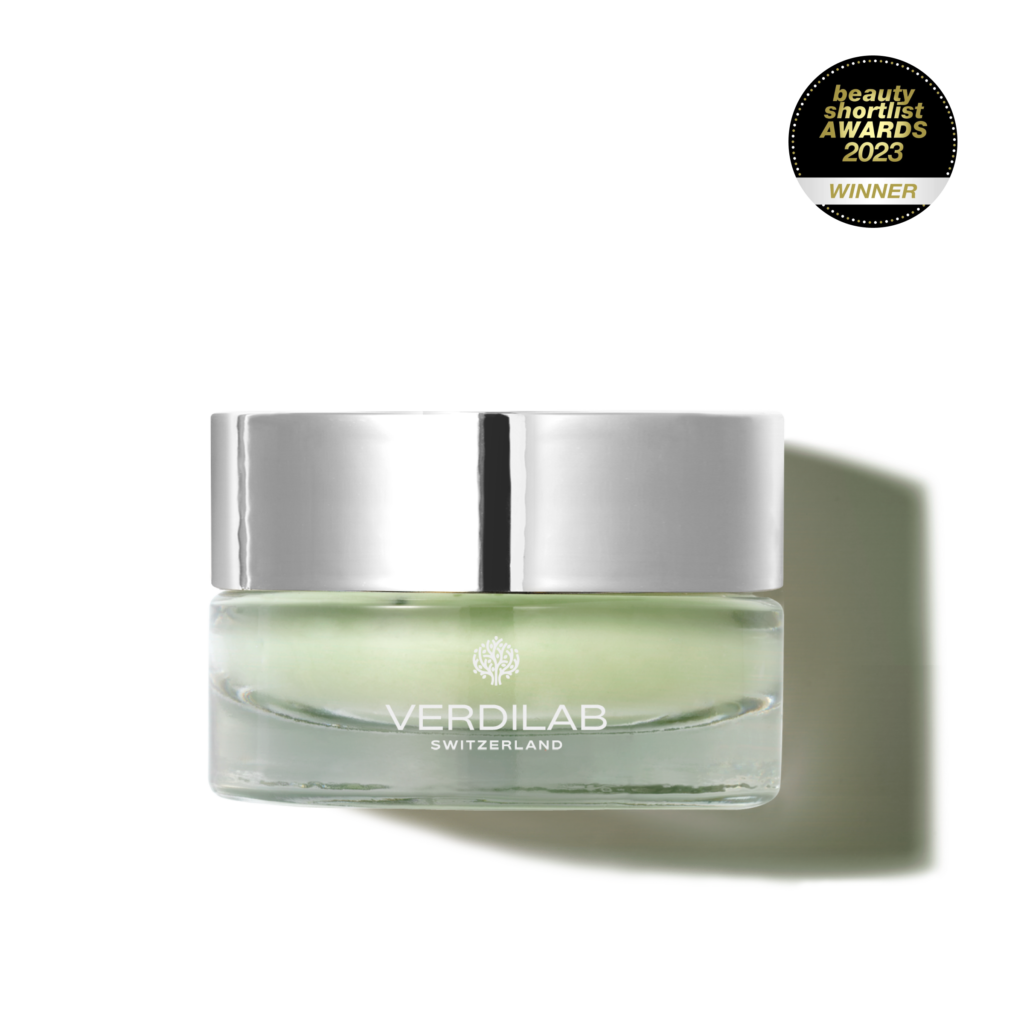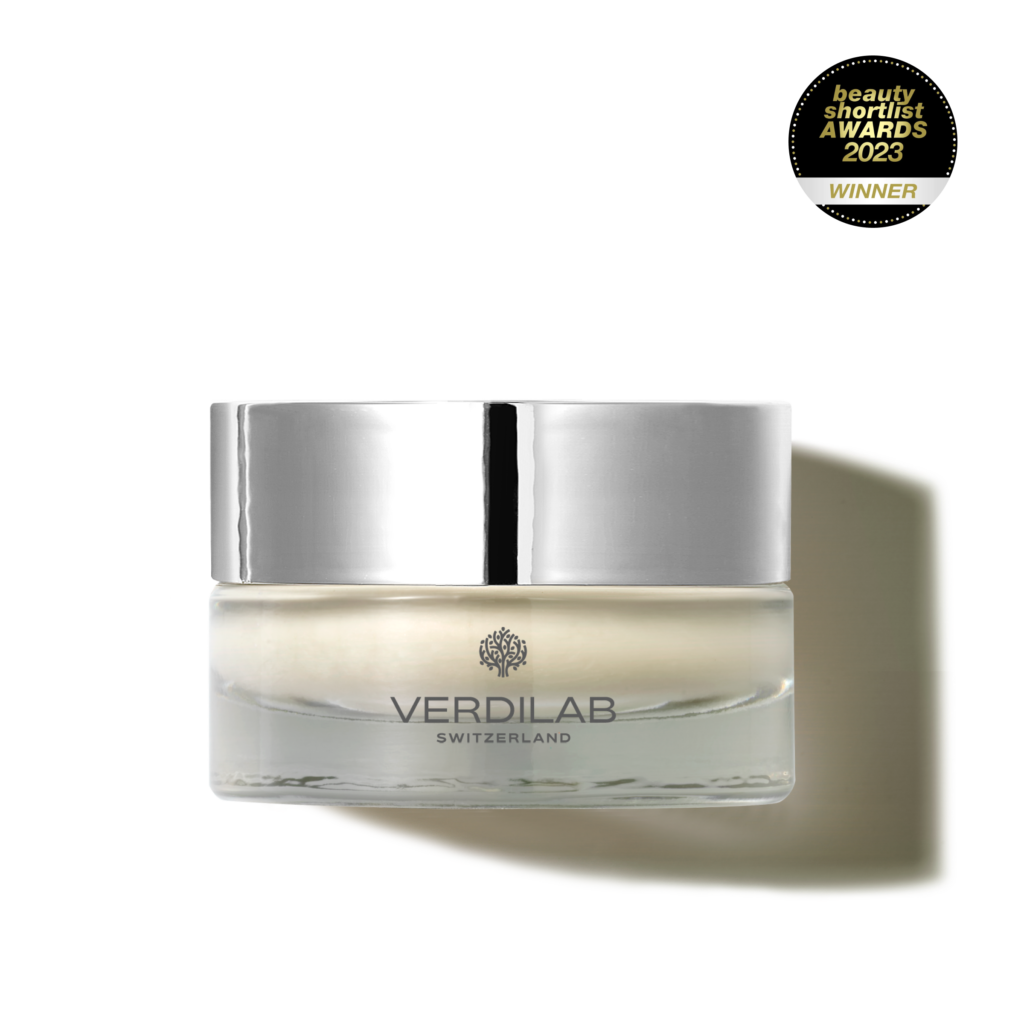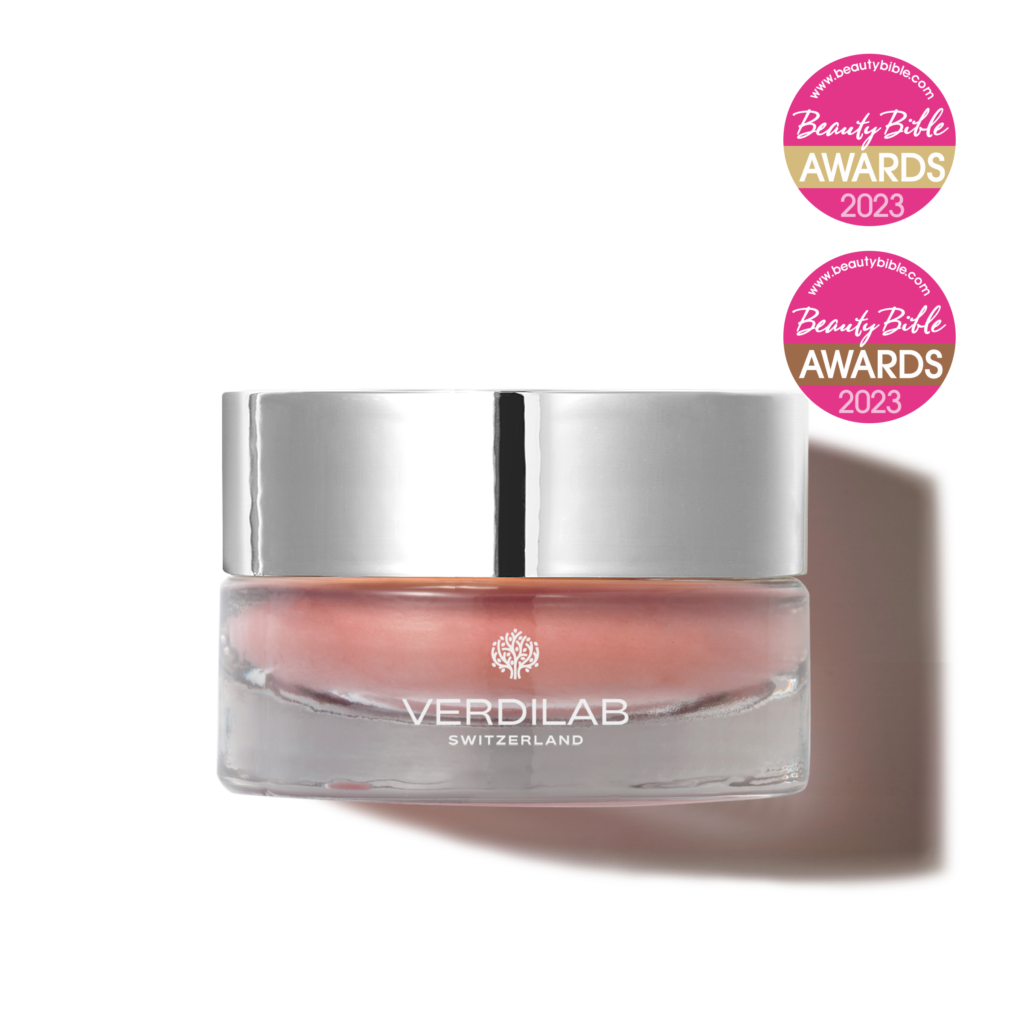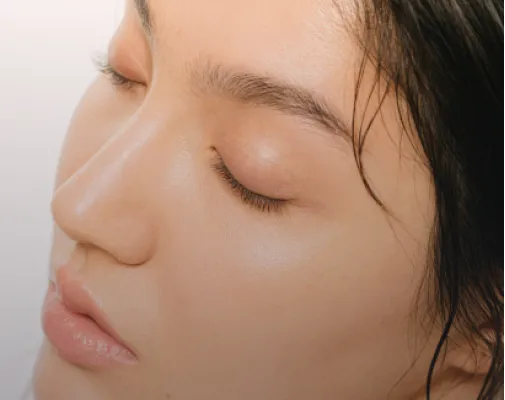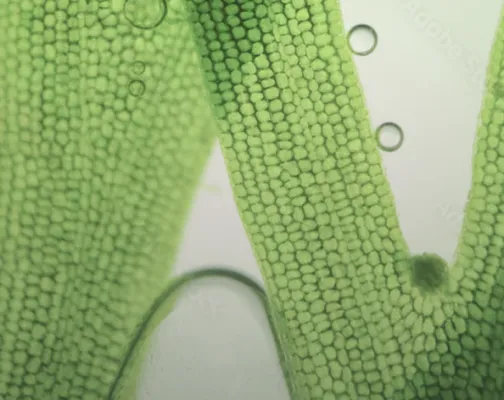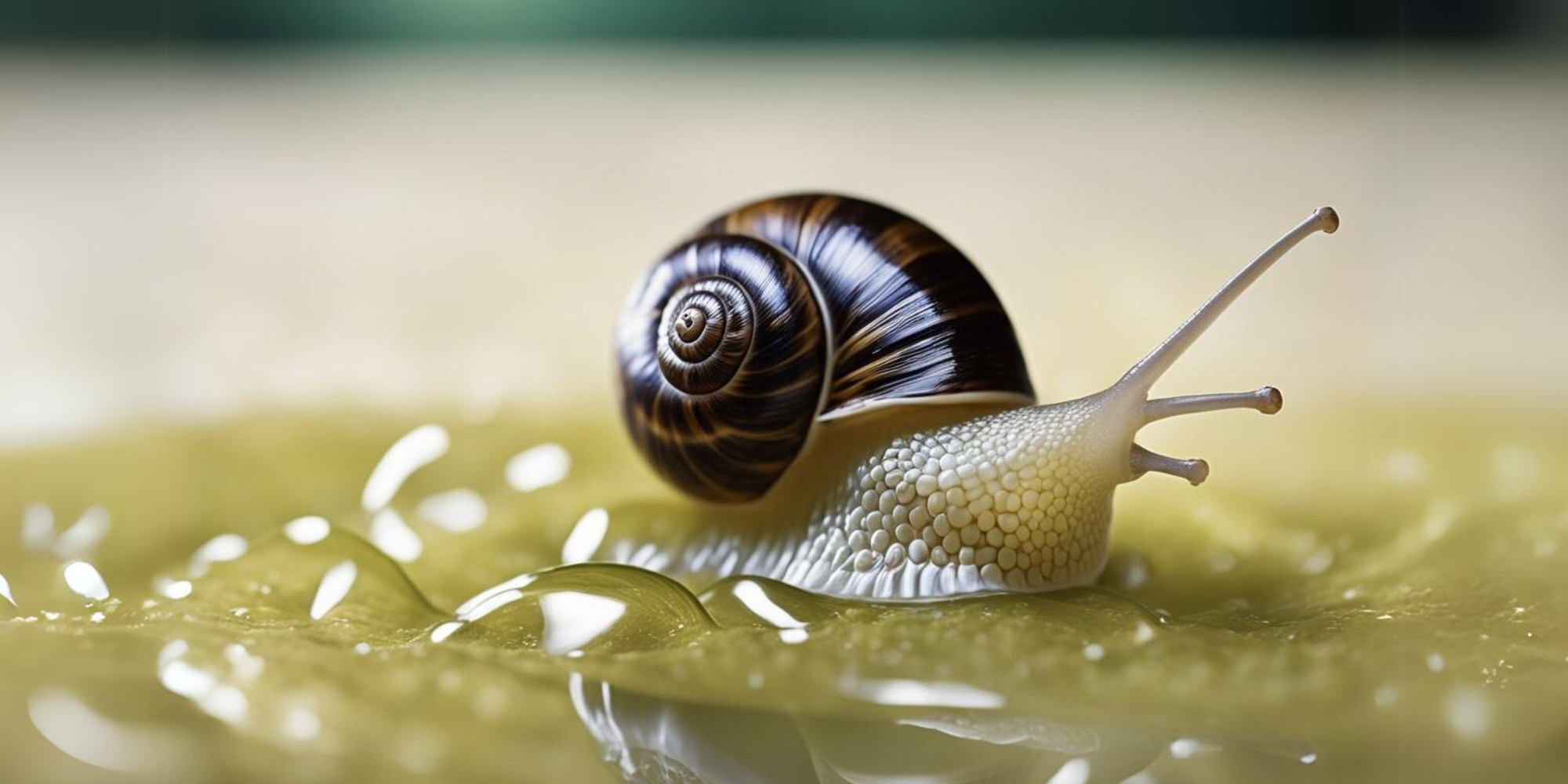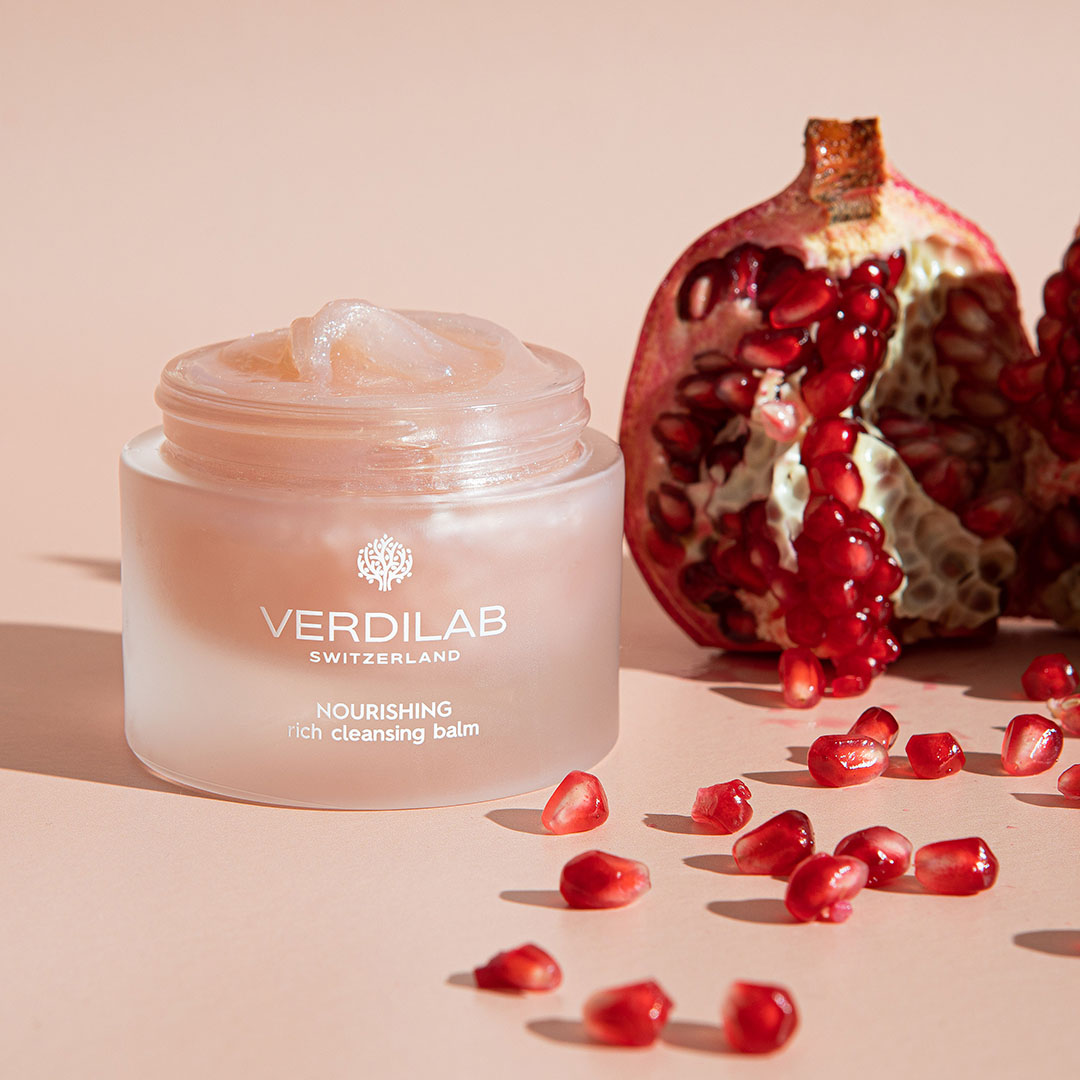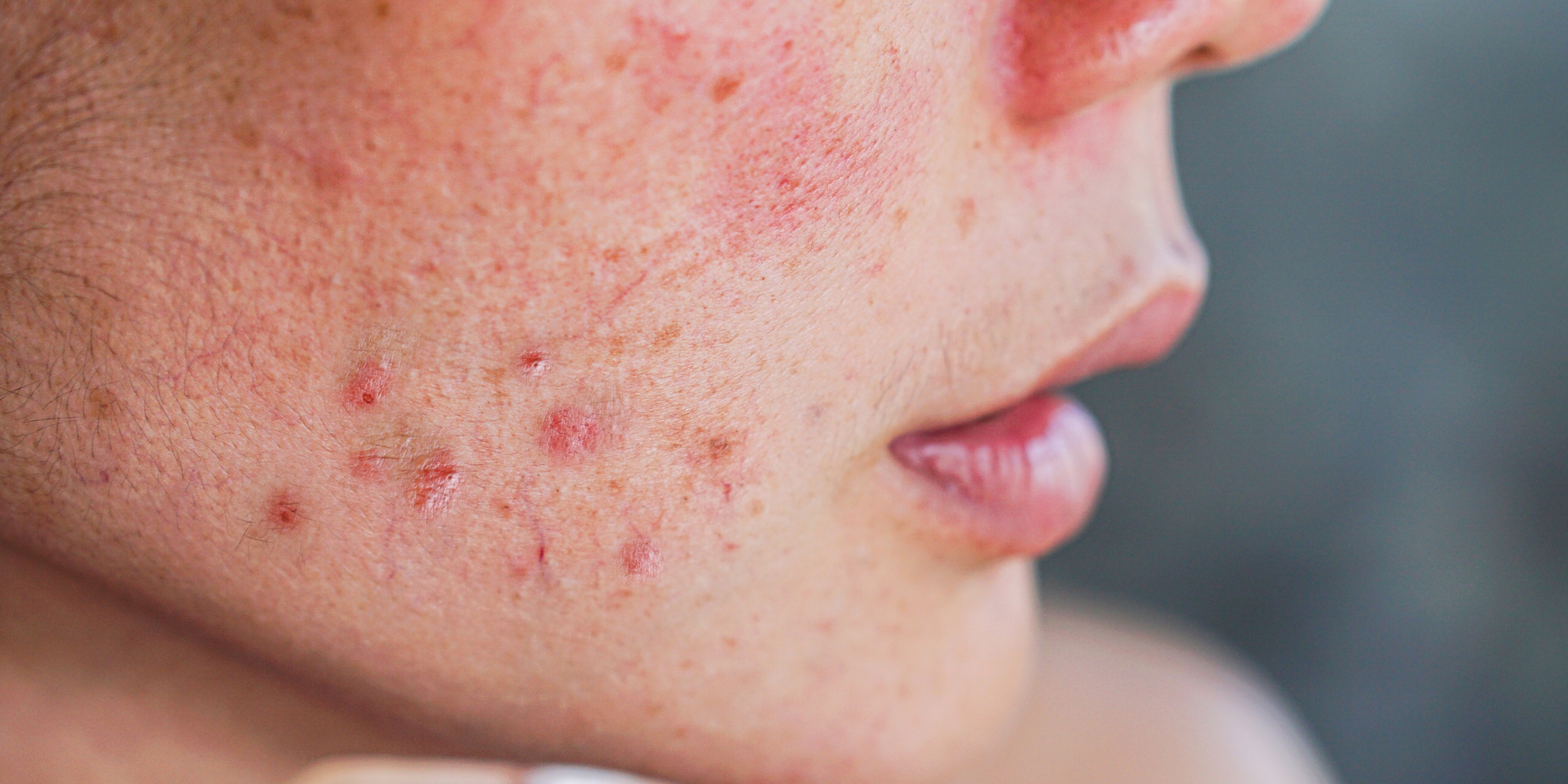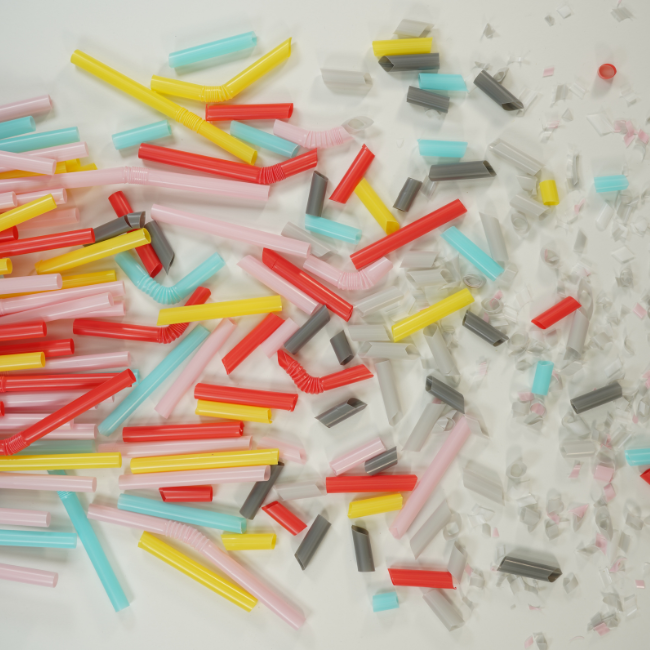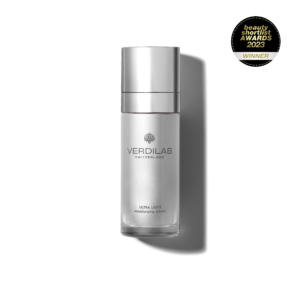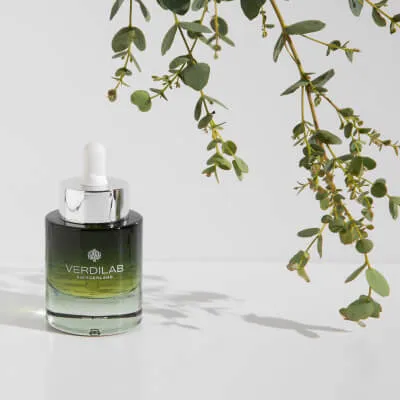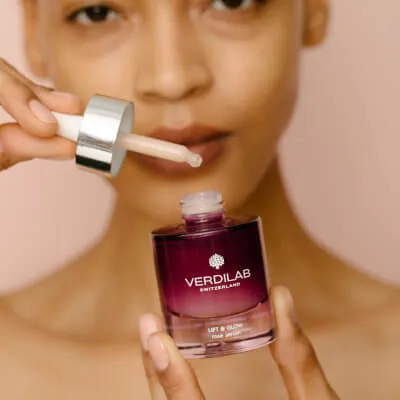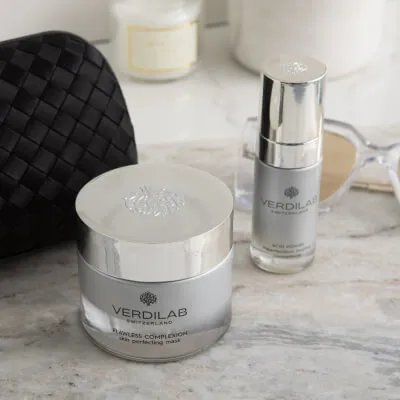Snail mucin has gained popularity in the skincare world, especially for its potential benefits for acne-prone skin. This article explores the composition of snail mucin, its possible advantages for acne, and what you should know before trying it. While it has many supporters, it’s essential to understand its limitations and consider if it’s the right choice for your skin type.
Key Takeaways
- Snail mucin is rich in moisturizing ingredients but may not effectively treat acne for everyone.
- Individual skin reactions to snail mucin can vary, so personal testing is crucial.
- It’s not a miracle cure for acne; combining it with other treatments is often necessary.
- Some users report negative effects, like increased breakouts, when using snail mucin.
- Research on snail mucin’s benefits for acne is limited, so caution is advised.
The Composition of Snail Mucin
Key Components and Their Functions
Snail mucin is a complex secretion that contains several beneficial components. These components play crucial roles in skin health. The primary constituents include:
- Glycoproteins: Help in skin hydration and repair.
- Hyaluronic Acid: A powerful humectant that retains moisture.
- Antioxidants: Protect the skin from free radicals and environmental stressors.
How Snail Mucin is Harvested
The process of collecting snail mucin varies, impacting its quality. Common methods include:
- Stress Induction: Snails are gently stimulated to produce mucin, often through non-invasive means.
- Natural Collection: Snails are allowed to move on surfaces that promote mucin secretion without harm.
- Post-Collection Care: After mucin extraction, snails are returned to their habitats to recover.
Variations in Snail Mucin Quality
Not all snail mucin is created equal. Factors affecting quality include:
- Source of Snails: Different species produce varying mucin qualities.
- Harvesting Methods: Ethical and humane methods yield higher-quality mucin.
- Processing Techniques: How the mucin is processed can affect its efficacy and purity.
Snail mucin is not just a trendy ingredient; it is a scientifically backed component that can offer various skin benefits, especially for those with acne-prone skin.
In summary, understanding the composition and harvesting methods of snail mucin is essential for evaluating its potential benefits for acne-prone skin.
Potential Benefits of Snail Mucin for Acne Skin

Hydration and Moisturization
Snail mucin is known for its hydrating properties, which can be beneficial for acne-prone skin. It contains hyaluronic acid, a powerful humectant that helps retain moisture in the skin. This hydration can prevent the skin from becoming overly dry, which is crucial since dry skin can lead to increased oil production and, consequently, more acne.
Anti-Inflammatory Properties
One of the key components of snail mucin is allantoin, which has strong anti-inflammatory effects. This can help reduce redness and irritation associated with acne. Studies have shown that allantoin can alleviate skin inflammation, making it a suitable option for those with sensitive or acne-prone skin.
Wound Healing and Scar Reduction
Snail mucin is also recognized for its wound healing properties. It can promote skin regeneration and may help in fading acne scars over time. The mucin contains glycoproteins that aid in skin repair, making it a potential ally in the journey to clearer skin.
| Benefit | Description |
|---|---|
| Hydration | Retains moisture, preventing dry skin and excess oil production. |
| Anti-Inflammatory | Reduces redness and irritation, soothing sensitive skin. |
| Wound Healing | Promotes skin regeneration and helps fade acne scars. |
Snail mucin may not be a magic cure for acne, but its properties can support overall skin health and potentially improve the condition of acne-prone skin.
In summary, while snail mucin offers several benefits for acne-prone skin, it is essential to combine it with a comprehensive skincare routine for optimal results. Understanding your skin type and needs is crucial when incorporating new products into your regimen.
Scientific Evidence Supporting Snail Mucin Use
Studies on Snail Mucin and Acne
Research on snail mucin indicates that it may have beneficial effects for acne-prone skin. One study found that snail mucin can help combat acne-causing bacteria. This suggests that it might play a role in preventing breakouts. However, more human studies are needed to confirm these findings.
Limitations of Current Research
Despite the promising results, there are limitations in the current research:
- Lack of large-scale studies: Most studies involve small sample sizes.
- Short duration: Many studies are conducted over a brief period, making long-term effects unclear.
- Combination with other ingredients: Often, snail mucin is tested alongside other active ingredients, complicating the assessment of its individual effectiveness.
Comparative Analysis with Other Ingredients
When compared to traditional acne treatments, snail mucin shows potential but is not a comprehensive solution. Here’s a quick comparison:
| Ingredient | Benefits | Limitations |
|---|---|---|
| Snail Mucin | Hydration, anti-inflammatory | Limited research, not a sole treatment |
| Salicylic Acid | Exfoliation, unclogs pores | Can be drying |
| Benzoyl Peroxide | Kills bacteria, reduces inflammation | May cause irritation |
Snail mucin is a natural ingredient that is suitable for all skin types, including sensitive and acne-prone skin, making it a versatile addition to any skincare regimen.
In conclusion, while snail mucin shows promise for acne-prone skin, further research is essential to fully understand its efficacy and safety. It may be beneficial as part of a broader skincare routine, but it should not be relied upon as the sole treatment for acne.
Risks and Side Effects of Using Snail Mucin
Allergic Reactions and Sensitivities
Using snail mucin can lead to allergic reactions in some individuals. The proteins and enzymes present in snail mucin may irritate sensitive skin, causing inflammation and potentially worsening existing acne. It is essential to conduct a patch test before full application to avoid adverse reactions.
Overhydration and Its Consequences
While snail mucin is known for its hydrating properties, overhydration can lead to an oily complexion. This excess moisture may clog pores, exacerbating acne, especially for those already prone to breakouts. Users should monitor their skin’s response and adjust usage accordingly.
Interactions with Other Skincare Products
Snail mucin may not interact well with certain skincare products. For instance, combining it with strong acids or serums can lead to negative effects, such as irritation or reduced efficacy. Understanding how different products work together is crucial to avoid complications.
| Risk Factor | Description |
|---|---|
| Allergic Reactions | Potential for skin irritation and inflammation. |
| Overhydration | Excess moisture can lead to clogged pores and worsen acne. |
| Product Interactions | May negate benefits or cause irritation when used with certain ingredients. |
In summary, while snail mucin has potential benefits, it is vital to be aware of its risks and side effects. Understanding your skin type and how it reacts to different products can help in making informed decisions about using snail mucin for acne-prone skin.
Ethical and Hygiene Concerns
Methods of Ethical Harvesting
The process of collecting snail mucin is intricate and requires careful handling of the snails. Reputable brands ensure that snails are not harmed during mucin extraction.
Sanitation in Snail Mucin Collection
Ensuring cleanliness during the collection of snail mucin is crucial. The mucin is gathered from snails that are stimulated to produce mucus. This process raises questions about hygiene, as improper handling can lead to contamination. It is essential for brands to maintain high sanitation standards to prevent any potential skin issues.
Cruelty-Free Certifications
Many consumers are concerned about the ethical implications of using snail mucin. Certifications from organizations that verify cruelty-free practices can help consumers make informed choices. Brands that prioritize ethical harvesting and sanitation often display these certifications prominently on their packaging.
Ethical considerations in skincare are vital, as they reflect a brand’s commitment to humane treatment and product safety.
In summary, while snail mucin can offer benefits for acne-prone skin, it is important to consider the ethical and hygiene aspects of its collection. Consumers should look for brands that prioritize both the welfare of snails and the cleanliness of their products.
Snail Mucin in the Skincare Industry
Popularity in K-Beauty
Snail mucin has gained immense popularity in the K-Beauty scene, where it is celebrated for its hydrating and healing properties. Many products, such as serums and masks, prominently feature snail mucin as a key ingredient. This trend has led to a surge in consumer interest, with many seeking out products that contain this unique ingredient.
Integration in Western Skincare
In recent years, snail mucin has made its way into Western skincare routines. Brands are now incorporating snail mucin into their formulations, recognizing its potential benefits for skin health. This integration reflects a growing acceptance of diverse ingredients in skincare, moving beyond traditional options.
Consumer Perceptions and Trends
Consumer perceptions of snail mucin are generally positive, with many users reporting improvements in skin texture and hydration. A survey of skincare enthusiasts revealed:
- 78% of users noticed improved hydration.
- 65% reported reduced redness and irritation.
- 70% found it effective for post-acne marks.
As the market continues to evolve, snail mucin is likely to remain a sought-after ingredient, appealing to those looking for natural and effective skincare solutions.
Snail mucin is not just a trend; it represents a shift towards more holistic and natural approaches in skincare, emphasizing the importance of ingredient quality and efficacy.
Alternative Treatments for Acne Skin
Acne can be a challenging condition to manage, and while snail mucin has gained attention, there are several alternative treatments that may be more effective for acne-prone skin. Here are some notable options:
Traditional Acne Treatments
- Topical Retinoids: These are derived from vitamin A and help unclog pores. They are effective in reducing acne lesions and preventing new ones from forming. Common examples include tretinoin and adapalene.
- Benzoyl Peroxide: This ingredient works by killing bacteria that cause acne and reducing inflammation. It is often found in over-the-counter products.
- Salicylic Acid: Known for its ability to exfoliate the skin and unclog pores, salicylic acid is a popular choice for treating acne.
Emerging Skincare Ingredients
- Azelaic Acid: This is a naturally occurring acid that helps reduce inflammation and kill acne-causing bacteria. It also helps fade post-acne marks.
- Niacinamide: Known for its anti-inflammatory properties, niacinamide can help reduce redness and improve skin texture.
- Tea Tree Oil: This natural oil has antimicrobial properties and can be effective in treating mild acne.
Holistic Approaches to Acne Management
- Dietary Changes: Some studies suggest that reducing dairy and sugar intake may help improve acne.
- Stress Management: Techniques such as yoga and meditation can help lower stress levels, which may reduce acne flare-ups.
- Regular Exercise: Physical activity can improve circulation and help manage stress, contributing to healthier skin.
In summary, while snail mucin may offer some benefits, exploring these alternative treatments can provide a more comprehensive approach to managing acne effectively.
By considering these alternatives, individuals with acne-prone skin can tailor their skincare routines to better meet their needs.
Considerations for Acne-Prone Skin
When considering the use of snail mucin for acne-prone skin, several factors should be taken into account to ensure safety and effectiveness.
Identifying Skin Type and Needs
- Know Your Skin Type: Understanding whether your skin is oily, dry, or combination is crucial. Snail mucin may not work the same for everyone.
- Patch Testing: Always perform a patch test before fully incorporating snail mucin into your routine, especially if you have a history of skin sensitivities.
- Monitor Reactions: Keep an eye on how your skin responds over the first few weeks. It may take time for your skin to adjust to new products.
Combining Snail Mucin with Other Products
- Layering Techniques: If you have acne-prone skin, consider layering snail mucin with other treatments like salicylic acid or glycolic acid to enhance effectiveness.
- Limit Usage: Use no more than two pumps of snail mucin to avoid overhydration, which can lead to fungal acne.
- Application Method: Always apply snail mucin to damp skin to maximize hydration and prevent moisture loss.
Setting Realistic Expectations
While snail mucin has potential benefits, it is not a miracle cure for acne. Understanding its limitations is essential for effective skincare management.
In summary, while snail mucin can offer some benefits, it is important to approach its use with caution and awareness of your skin’s unique needs. Consulting with a dermatologist can provide personalized advice tailored to your specific skin concerns.
Expert Opinions on Snail Mucin
Dermatologists’ Perspectives
Experts in dermatology have mixed views on the use of snail mucin for acne-prone skin. Some dermatologists highlight its hydrating properties, which can be beneficial for maintaining skin moisture. However, they caution that snail mucin may not be a comprehensive solution for acne.
Consumer Reviews and Testimonials
Consumer feedback often reflects a range of experiences with snail mucin products. Many users report improvements in skin texture and hydration, while others express concerns about potential breakouts. Here are some common points from reviews:
- Hydration: Many users appreciate the moisturizing effects of snail mucin.
- Texture Improvement: Some report smoother skin after consistent use.
- Breakouts: A few users experienced increased acne, particularly those with sensitive skin.
Future Directions in Research
Research on snail mucin is still evolving. While initial studies suggest potential benefits, more rigorous clinical trials are needed to establish its efficacy for acne treatment. Experts recommend focusing on the following areas:
- Standardization of Products: Ensuring consistent concentrations of snail mucin in skincare products.
- Long-term Effects: Investigating the long-term impact of snail mucin on various skin types.
- Comparative Studies: Conducting studies that compare snail mucin with other established acne treatments.
Snail mucin may offer some benefits, but it is not a guaranteed solution for everyone. Understanding individual skin needs is crucial for effective acne management.
Common Mistakes to Avoid
- Skipping Cleansing: Always cleanse your face before applying snail mucin to ensure maximum absorption.
- Overusing Products: Avoid layering too many active ingredients at once, as this can overwhelm your skin.
- Ignoring Skin Type: Understand your skin type and choose products that complement it. For instance, if you have oily skin, ensure that the other products you use are non-comedogenic to prevent clogging pores.
Snail mucin can be a beneficial addition to your skincare routine, but it is essential to use it correctly to maximize its potential benefits. Understanding your skin’s needs is crucial for effective treatment.
Summary
Incorporating snail mucin into your skincare routine can be beneficial, especially for acne-prone skin. By following these practical tips, you can enhance your skincare regimen and potentially improve your skin’s health.
Conclusion
In summary, while snail mucin is often praised for its skin benefits, it is not a guaranteed solution for acne. This natural substance, derived from snails, contains helpful ingredients like hyaluronic acid and glycoproteins that can hydrate and protect the skin. However, its effectiveness in treating acne is still uncertain and varies from person to person. Some may find it beneficial, while others might not see any improvement or could even experience negative effects. Therefore, it is crucial to approach skincare with a balanced mindset, using a variety of products tailored to individual skin needs. Snail mucin can be a part of a skincare routine, but it should not be relied upon as the sole treatment for acne.
Frequently Asked Questions
What is snail mucin?
Snail mucin is a slimy substance that snails produce. It’s often used in skincare products for its potential benefits.
How is snail mucin collected?
Snail mucin is collected by gently stimulating snails to produce mucus, which is then gathered and processed for use.
Can snail mucin cause skin allergies?
Yes, some people may have allergic reactions or sensitivities to snail mucin, especially those with sensitive skin.
Is snail mucin effective for all types of acne?
Not necessarily. While it may help some people, others might not see any improvement or could even experience worsening acne.
What should I do if snail mucin doesn’t help my acne?
If snail mucin isn’t effective, consider using a skincare routine that includes various products aimed at treating acne.
Are there any side effects of using snail mucin?
Some users may experience irritation or overhydration, which can lead to more acne for certain skin types.
Is snail mucin cruelty-free?
Many brands claim to source snail mucin ethically, ensuring no harm comes to the snails during collection.
How can I incorporate snail mucin into my skincare routine?
You can use snail mucin as a serum after cleansing your face, applying it before other products for better absorption.
